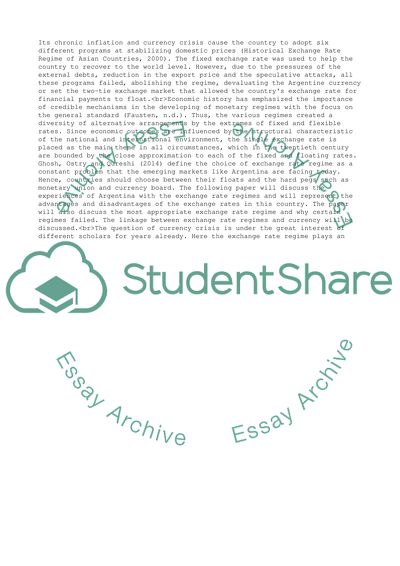Cite this document
(Currency and economic crises. The role of I.M.F. and the exchange rate Essay, n.d.)
Currency and economic crises. The role of I.M.F. and the exchange rate Essay. https://studentshare.org/macro-microeconomics/1865921-currency-and-economic-crises-the-role-of-imf-and-the-exchange-rate-regimes
Currency and economic crises. The role of I.M.F. and the exchange rate Essay. https://studentshare.org/macro-microeconomics/1865921-currency-and-economic-crises-the-role-of-imf-and-the-exchange-rate-regimes
(Currency and Economic Crises. The Role of I.M.F. And the Exchange Rate Essay)
Currency and Economic Crises. The Role of I.M.F. And the Exchange Rate Essay. https://studentshare.org/macro-microeconomics/1865921-currency-and-economic-crises-the-role-of-imf-and-the-exchange-rate-regimes.
Currency and Economic Crises. The Role of I.M.F. And the Exchange Rate Essay. https://studentshare.org/macro-microeconomics/1865921-currency-and-economic-crises-the-role-of-imf-and-the-exchange-rate-regimes.
“Currency and Economic Crises. The Role of I.M.F. And the Exchange Rate Essay”. https://studentshare.org/macro-microeconomics/1865921-currency-and-economic-crises-the-role-of-imf-and-the-exchange-rate-regimes.


